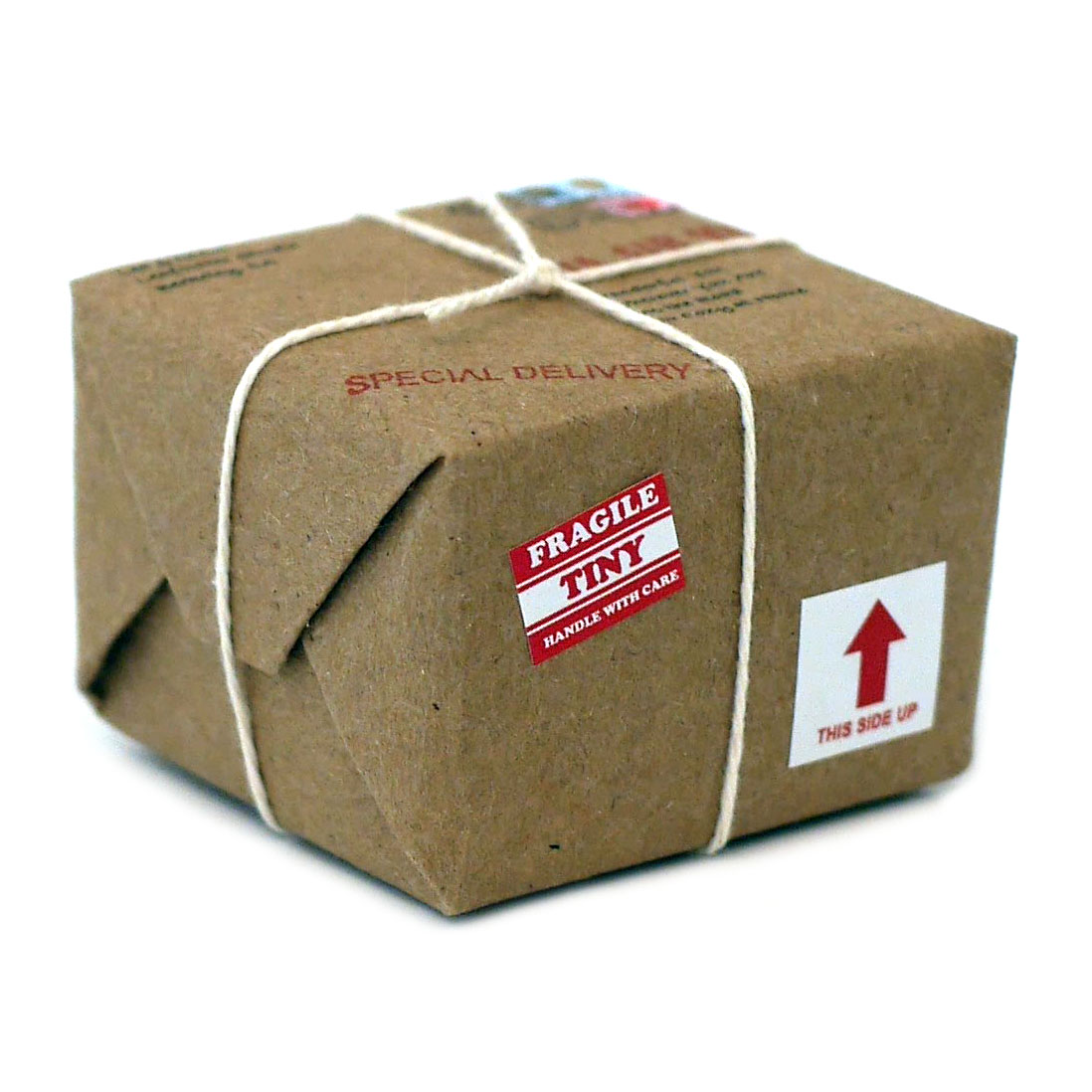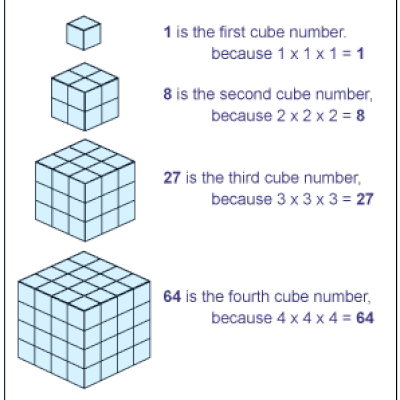In this assignment you will use TDD methodolgy to create several modules for computing various mathematical sequences. The modules will then be grouped into a hierarchical package structure, with a top-level package name of numseq. You will write tests first, then write code to pass the tests.
Create a package folder named numseq, with the structure shown below.
Packages allow us organize and group modules (or python files). Python requires a specific structure for package definitions.
The directory name is the name of the package used in an import statement (import package_name). The submodules can be access as attributes of the package as in package_name.submodule_name.
├── numseq
│ ├── __init__.py
│ ├── fib.py
│ ├── geo.py
│ ├── prime.py__init__.py
The
__init__.pyfiles are required to make Python treat directories containing the file as packages. This prevents directories with a common name, such as string, unintentionally hiding valid modules that occur later on the module search path. In the simplest case,__init__.pycan just be an empty file, but it can also execute initialization code for the package or set the__all__variable, described later.-- python docs
Within the numseq package, create a module named fib.py. Within the fib module, define a function fib(n) that returns the nth Fibonacci number. The first 10 terms of the Fibonacci sequence are
[0, 1, 1, 2, 3, 5, 8, 13, 21, 34 ...]
Within the numseq package, create a module named geo.py. Within this geo module, define 3 functions:
-
square(n): Returns the nth term of the numbers that can be arranged into square geometric shapes[1, 4, 9, 16, 25 ... ] -
triangle(n): Returns the nth term of the numbers that can be arranged in triangular geometric shapes[1, 3, 6, 10, 15, 21, 28, 36, 45, 55 ... ] -
cube(n): Returns the nth term of the numbers that can be arranged as symmetric cube shapes[1, 8, 27, 64 ...]
Finally, create a module named prime.py within the numseq package. Define the following functions:
primes(n): Returns a list of all prime numbers less than nis_prime(m): Returns a boolean indicating whethermis a prime number
- Use the VSCode built-in test discovery feature to run and debug individual tests
- discover and run all tests
$ python -m unittest discover
- run only one test
$ python -m unittest test_numseq.TestNumseq.test_prime
- Fork this repository into your own personal github account.
- Then Clone your own repo to your local development machine.
- Create a separate branch named
dev, and checkout the branch. - Commit your changes, then
git pushthe branch back to your own github account. - From your own Github repo, create a pull request (PR) from your
devbranch back to your own master. - Copy/Paste the URL link to your PR as your assignment submission.
- Your grader will post code review comments inline with your code, in your github account. Be sure to respond to any comments and make requested changes. RESUBMIT a new link to your PR after making changes. This is the code review iteration cycle.




